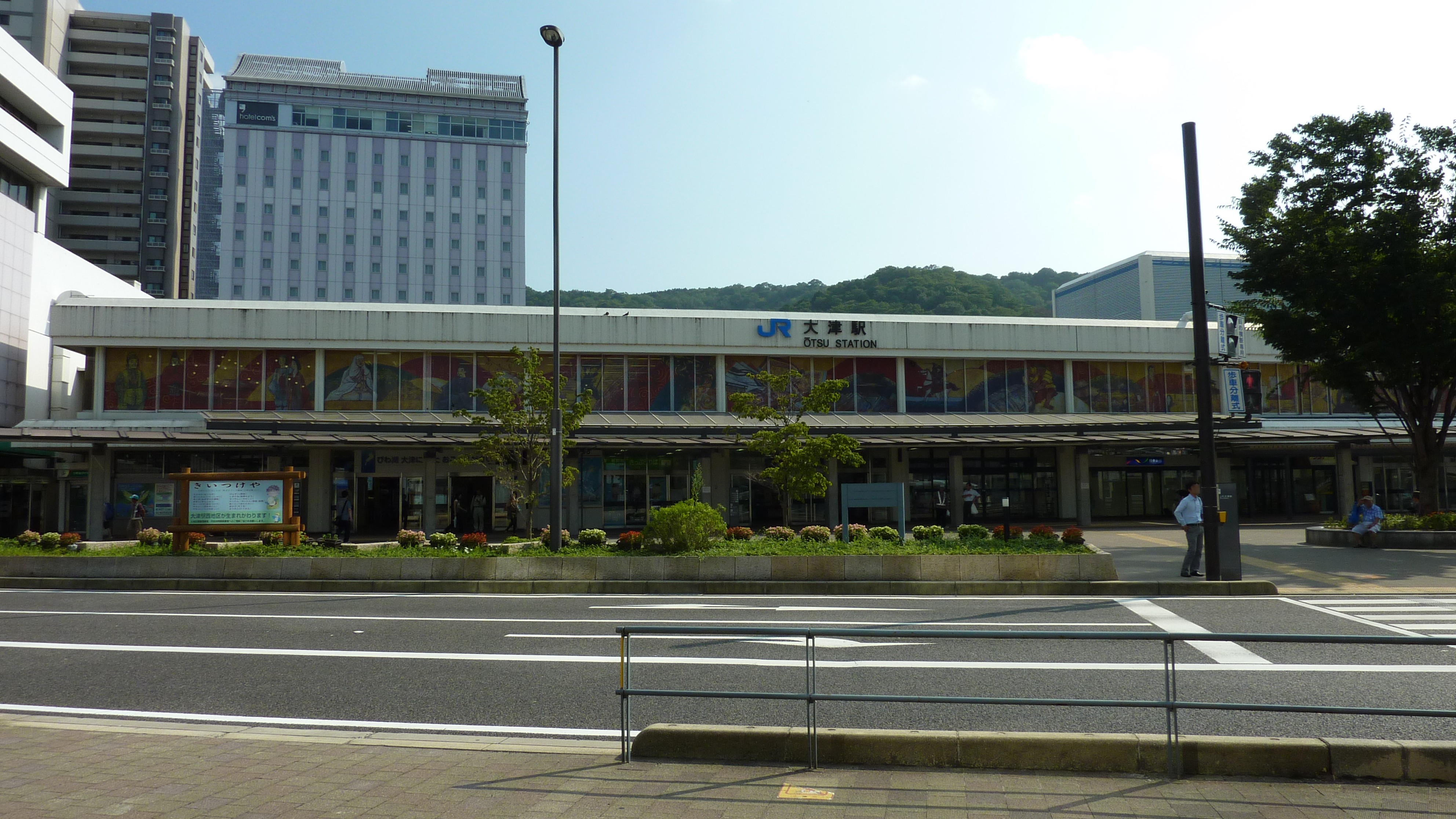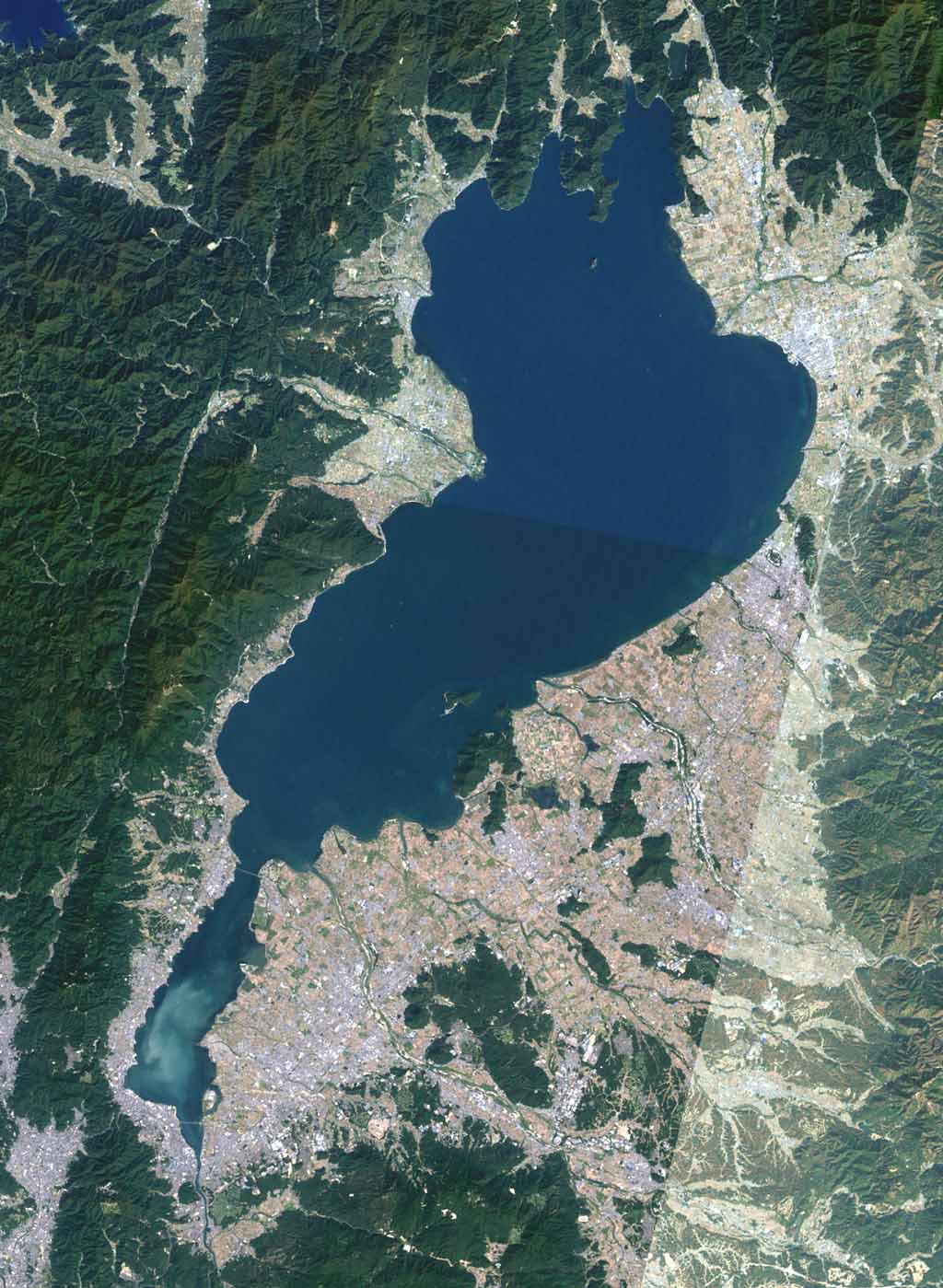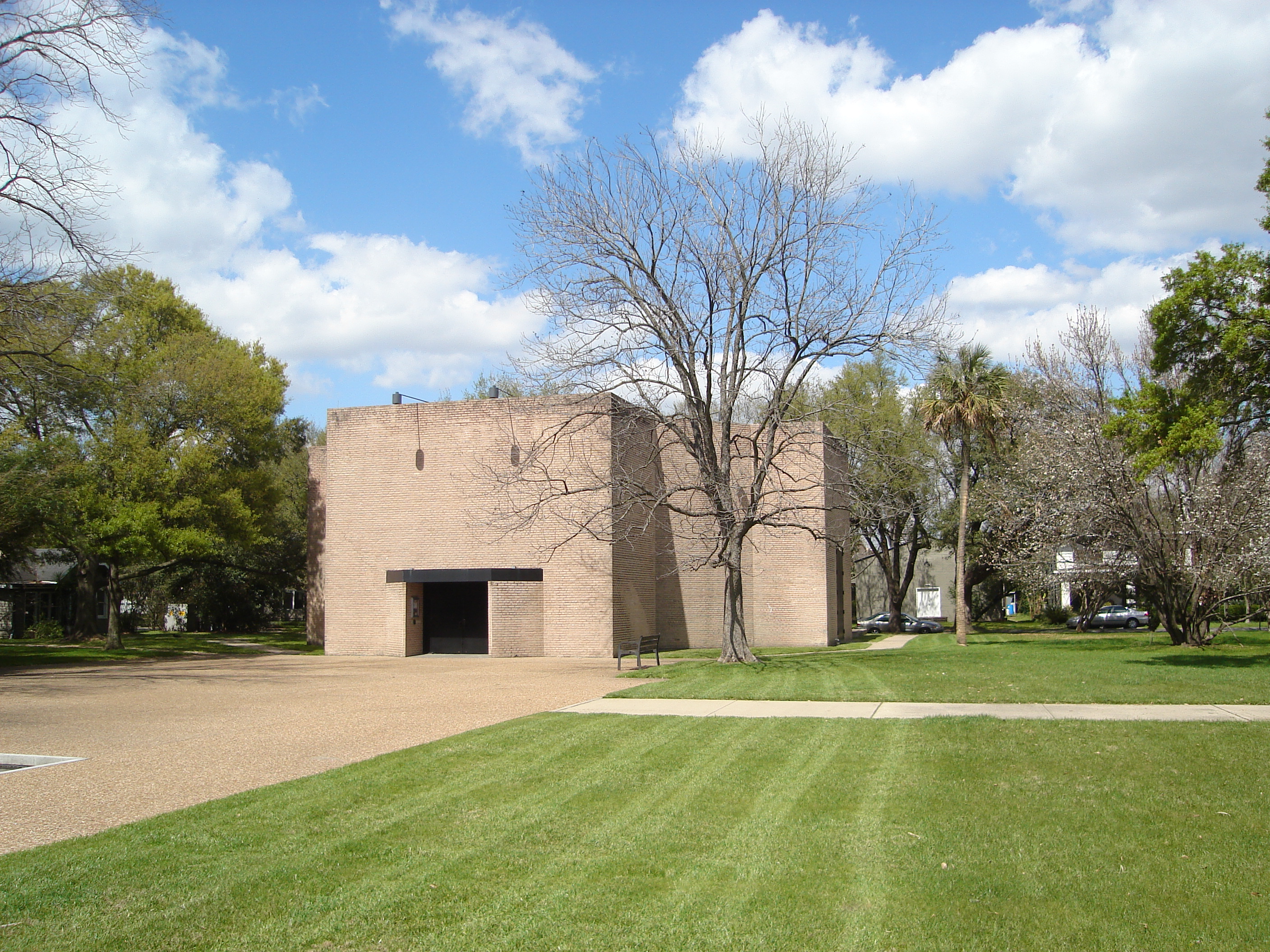|
Museum Of Modern Art, Shiga
opened under the former name in Ōtsu, Shiga Prefecture, Japan in 1984, changing its name to broaden its scope on 1 April 2021. As of 31 March 2024, the collection numbered some 2,589 works, including a Brâncuși ''Bird in Space'', paintings by Rothko and Yukihiko Yasuda, and ''art brut''. See also * Ishiyama-dera * Miho Museum The Miho Museum () is located southeast of Kyoto, Japan, in the Shigaraki neighborhood of the city of Kōka, in Shiga Prefecture. It is also the headquarters of the Shinji Shumeikai, a new religious group founded by Mihoko Koyama. History ... References External links *Homepage*Homepage Ōtsu Art museums and galleries in Shiga Prefecture Art museums and galleries established in 1984 1984 establishments in Japan Prefectural museums {{Japan-museum-stub ... [...More Info...] [...Related Items...] OR: [Wikipedia] [Google] [Baidu] |
Ōtsu
270px, Ōtsu City Hall is the capital city of Shiga Prefecture, Japan. , the city had an estimated population of 343,991 in 153,458 households and a population density of 740 persons per km2. The total area of the city is . History Ōtsu is part of ancient Ōmi Province and has been settled since at least the Yayoi period. It was an important center of inland water transportation on Lake Biwa and was referred to in the Man'yōshū as and . It was also on the main land routes, the Tōkaidō and the Nakasendō connecting the eastern provinces with the ancient capitals of Japan. Additionally, the ancient Hokurikudō, which connected Kyoto to the provinces of northern Honshu, ran through Ōtsu. From 667 to 672, the Ōmi Ōtsu Palace was founded by Emperor Tenji was the capital of Japan. Following the Jinshin War Ōtsu was renamed . A new capital, Heian-kyō, (now Kyoto), was established in the immediate neighborhood in 794, and Ōtsu (meaning "big port") was revived as ... [...More Info...] [...Related Items...] OR: [Wikipedia] [Google] [Baidu] |
Shiga Prefecture
is a landlocked prefecture of Japan in the Kansai region of Honshu. Shiga Prefecture has a population of 1,398,972 as of 1 February 2025 and has a geographic area of . Shiga Prefecture borders Fukui Prefecture to the north, Gifu Prefecture to the northeast, Mie Prefecture to the southeast, and Kyoto Prefecture to the west. Ōtsu is the capital and largest city of Shiga Prefecture, with other major cities including Kusatsu, Nagahama, and Higashiōmi. Shiga Prefecture encircles Lake Biwa, the largest freshwater lake in Japan, and 37% of the total land area is designated as Natural Parks, the highest of any prefecture. Shiga Prefecture's southern half is located adjacent to the former capital city of Kyoto and forms part of Greater Kyoto, the fourth-largest metropolitan area in Japan. Shiga Prefecture is home to Ōmi beef, the Eight Views of Ōmi, and Hikone Castle, one of four national treasure castles in Japan. History Shiga was known as Ōmi Province or Gōshū bef ... [...More Info...] [...Related Items...] OR: [Wikipedia] [Google] [Baidu] |
Japan
Japan is an island country in East Asia. Located in the Pacific Ocean off the northeast coast of the Asia, Asian mainland, it is bordered on the west by the Sea of Japan and extends from the Sea of Okhotsk in the north to the East China Sea in the south. The Japanese archipelago consists of four major islands—Hokkaido, Honshu, Shikoku, and Kyushu—and List of islands of Japan, thousands of smaller islands, covering . Japan has a population of over 123 million as of 2025, making it the List of countries and dependencies by population, eleventh-most populous country. The capital of Japan and List of cities in Japan, its largest city is Tokyo; the Greater Tokyo Area is the List of largest cities, largest metropolitan area in the world, with more than 37 million inhabitants as of 2024. Japan is divided into 47 Prefectures of Japan, administrative prefectures and List of regions of Japan, eight traditional regions. About three-quarters of Geography of Japan, the countr ... [...More Info...] [...Related Items...] OR: [Wikipedia] [Google] [Baidu] |
Constantin Brâncuși
Constantin Brâncuși (; February 19, 1876 – March 16, 1957) was a Romanian sculptor, painter, and photographer who made his career in France. Considered one of the most influential sculptors of the 20th century and a pioneer of modernism, Brâncuși is called the patriarch of modern sculpture. As a child, he displayed an aptitude for carving wooden farm tools. Formal studies took him first to Bucharest, then to Munich, then to the École des Beaux-Arts in Paris from 1905 to 1907. His art emphasizes clean geometry, geometrical lines that balance forms inherent in his materials with the symbolism (arts), symbolic allusions of representational art. Brâncuși sought inspiration in non-European cultures as a source of Primitivism, primitive exoticism, as did Paul Gauguin, Pablo Picasso, André Derain, and others. However, other influences emerge from Romanian art, Romanian folk art traceable through Byzantine Empire, Byzantine and Dionysian traditions. Early years Brâncu� ... [...More Info...] [...Related Items...] OR: [Wikipedia] [Google] [Baidu] |
Bird In Space
''Bird in Space'' () is a series of sculptures by Romanian sculptor Constantin Brâncuși. The original work was created in 1923 and made of marble. This sculpture is also known for containing seven marble figures and nine bronze casts. Brancusi created the piece over 14 times and in several mediums over a period of 20 years. It was sold in 2005 for $25.8 million, at the time a record price for a sculpture sold in an auction. The original title in Romanian is . Description In the ''Bird in Space'' works, Brâncuși concentrated not on the physical attributes of the bird, but instead on its movement. For example, the sculpture does not feature wings or feathers. The Met's description depicts the art as featuring an "elongated body, and the head and beak are reduced to a slanted oval plane." The height of the sculpture is 287.7 cm. Seven of the sculptures in the series are made of marble, while the other nine were cast in polished bronze. Art galleries where the sculpt ... [...More Info...] [...Related Items...] OR: [Wikipedia] [Google] [Baidu] |
Mark Rothko
Mark Rothko ( ; Markus Yakovlevich Rothkowitz until 1940; September 25, 1903February 25, 1970) was an American abstract art, abstract painter. He is best known for his color field paintings that depicted irregular and painterly rectangular regions of color, which he produced from 1949 to 1970. Although Rothko did not personally subscribe to any one school, he is associated with the American abstract expressionism movement of modern art. Born to a Jews, Jewish family in Daugavpils, Latvia, then part of the Russian Empire, Rothko emigrated with his parents and siblings to the United States, arriving at Ellis Island in late 1913 and originally settling in Portland, Oregon. He moved to New York City in 1923 where his youthful period of artistic production dealt primarily with urban scenery. In response to World War II, Rothko's art entered a transitional phase during the 1940s, where he experimented with mythological themes and Surrealism to express tragedy. Toward the end of the d ... [...More Info...] [...Related Items...] OR: [Wikipedia] [Google] [Baidu] |
Yukihiko Yasuda
was the pseudonym of a major figure in Taishō and early Shōwa period Japanese painting, and is regarded as one of the founders of the Japanese painting technique of ''nihonga''. His real name was Yasuda Shinzaburō. Biography He was born in Nihonbashi, Tokyo, as the fourth son of a Japanese restaurant owner. He initially studied Tosa school painting at the ''Tōkyō Bijutsu Gakkō'' (the predecessor to the Tokyo National University of Fine Arts and Music), under Kobori Tomoto. While in school, his talent was recognized by Okakura Kakuzō who sent him to Nara to study classical paintings in the ''Yamato-e'' style. While in Nara, he first viewed the ancient murals on the walls of the Kondo chapel of the Buddhist temple of Hōryū-ji, and this was to have a deep impact on his future style of painting. From 1914, Yasuda assisted Yokoyama Taikan in re-establishing the Japan Fine Arts Academy (''Nihon Bijutsuin''). From 1944 to 1951, he taught as a professor at the Tokyo Nationa ... [...More Info...] [...Related Items...] OR: [Wikipedia] [Google] [Baidu] |
Outsider Art
Outsider art is Fine art, art made by Autodidacticism, self-taught individuals who are untrained and untutored in the traditional arts with typically little or no contact with the Convention (norm), conventions of the art worlds. The term ''outsider art'' was coined in 1972 as the title of a book by art critic Roger Cardinal (art historian), Roger Cardinal. It is an English language, English equivalent for ''art brut'' (, "raw art" or "rough art"), a label created in the 1940s by France, French artist Jean Dubuffet to describe art created outside the boundaries of official culture. Dubuffet focused particularly on art by those on the outside of the established art scene, using as examples psychiatric hospital patients, hermits, and spiritualists.Cardinal, Roger (1972). ''Outsider Art''. New York: Praeger. pp. 24–30.Bibliography The 20th Century Art Book. New York, NY: Phaidon Press, 1996. Outsider art has emerged as a successful art marketing category; an annual Outsider Art ... [...More Info...] [...Related Items...] OR: [Wikipedia] [Google] [Baidu] |
Ishiyama-dera
is a Shingon temple in Ōtsu in Japan's Shiga Prefecture. This temple is the thirteenth of the Kansai Kannon Pilgrimage. History It was constructed around 747 CE, and is said to have been founded by Rōben. The temple contains a number of cultural assets. The temple possesses two fragments of manuscripts of the ''Records of the Grand Historian'' (''Shiji'' 史記), the first of China's 24 dynastic histories, which are the only known extant fragments that pre-date the Tang dynasty (618907). According to literature available at the temple complex, the guardian carvings at Sanmon/Todaimon are by Tankei and Unkei. Allegedly, Murasaki Shikibu began writing ''The Tale of Genji'' at Ishiyama-dera during a full moon night in August 1004. In commemoration, the temple maintains a Genji room featuring a life-size figure of Lady Murasaki and displays a statue in her honor. The temple features as "The Autumn Moon at Ishiyama" ( ') in the '' Eight Views of Ōmi'' thematic series in art ... [...More Info...] [...Related Items...] OR: [Wikipedia] [Google] [Baidu] |
Miho Museum
The Miho Museum () is located southeast of Kyoto, Japan, in the Shigaraki neighborhood of the city of Kōka, in Shiga Prefecture. It is also the headquarters of the Shinji Shumeikai, a new religious group founded by Mihoko Koyama. History The museum was the dream of Mihoko Koyama (after whom it is named), founder of the religious organization Shinji Shumeikai which is now said to have some 300,000 members worldwide. Furthermore, in the 1990s Koyama commissioned the museum to be built close to the Shumei temple in the Shiga mountains. Meanwhile, the , the parent organization from which this Shumeikai came, had opened the "stunning" MOA Museum of Art in the mountains behind Atami in 1982. Since its opening in 1997, the museum has been run by the Shumei Cultural Foundation. Takeshi Umehara, a scholar of philosophy and religion, served as the museum's first director. Collection The Miho Museum collection began with Japanese art, including Shinto and Buddhist art, paintin ... [...More Info...] [...Related Items...] OR: [Wikipedia] [Google] [Baidu] |
Art Museums And Galleries In Shiga Prefecture
Art is a diverse range of culture, cultural activity centered around works of art, ''works'' utilizing Creativity, creative or imagination, imaginative talents, which are expected to evoke a worthwhile experience, generally through an expression of emotional power, conceptual ideas, technical proficiency, or beauty. There is no generally agreed definition of what constitutes ''art'', and its interpretation has varied greatly throughout history and across cultures. In the Western world, Western tradition, the three classical branches of visual art are painting, sculpture, and architecture. Theatre, dance, and other performing arts, as well as literature, music, film and other media such as interactive media, are included in a broader definition of "the arts". Until the 17th century, ''art'' referred to any skill or mastery and was not differentiated from crafts or sciences. In modern usage after the 17th century, where aesthetic considerations are paramount, the fine arts are s ... [...More Info...] [...Related Items...] OR: [Wikipedia] [Google] [Baidu] |
Art Museums And Galleries Established In 1984
Art is a diverse range of cultural activity centered around ''works'' utilizing creative or imaginative talents, which are expected to evoke a worthwhile experience, generally through an expression of emotional power, conceptual ideas, technical proficiency, or beauty. There is no generally agreed definition of what constitutes ''art'', and its interpretation has varied greatly throughout history and across cultures. In the Western tradition, the three classical branches of visual art are painting, sculpture, and architecture. Theatre, dance, and other performing arts, as well as literature, music, film and other media such as interactive media, are included in a broader definition of "the arts". Until the 17th century, ''art'' referred to any skill or mastery and was not differentiated from crafts or sciences. In modern usage after the 17th century, where aesthetic considerations are paramount, the fine arts are separated and distinguished from acquired skills in general, ... [...More Info...] [...Related Items...] OR: [Wikipedia] [Google] [Baidu] |






